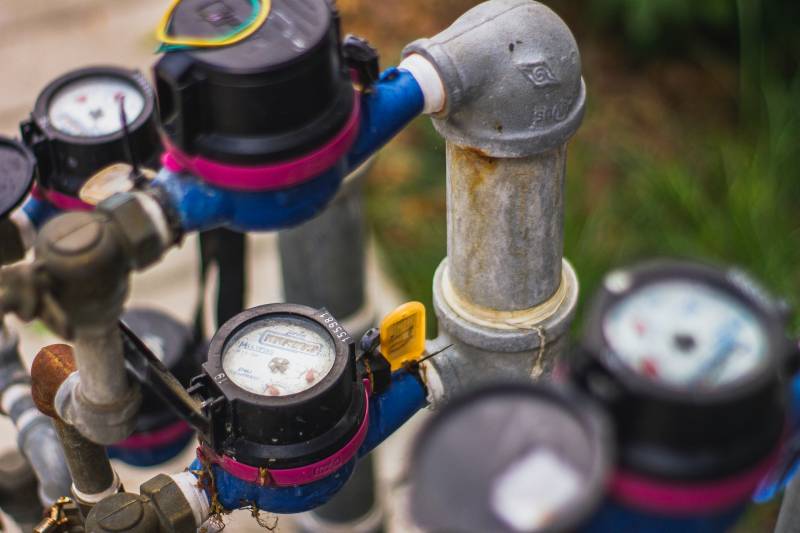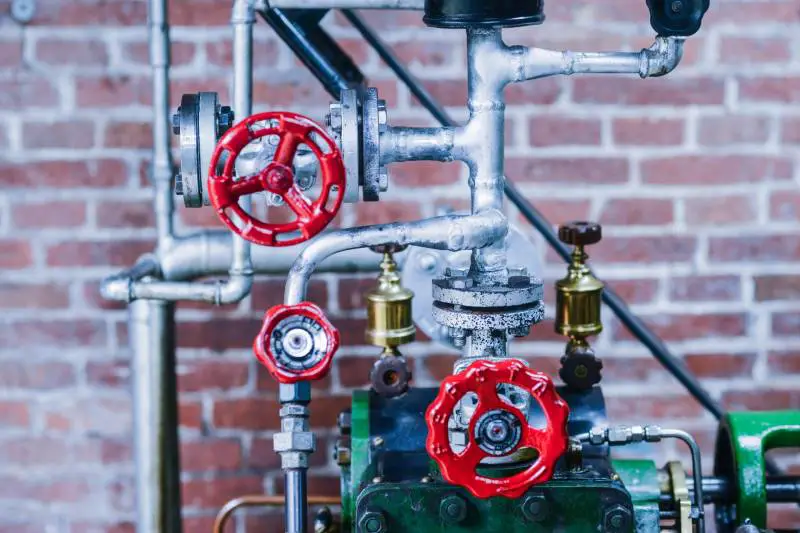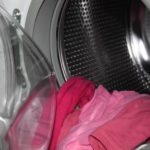Table of Contents
Not only is it annoying for a well pump to run when no water is running but also, it is an indicator of underlying problems that require careful checking.

To understand the situation, we must understand the core principles under which a well pump is sent into a cycle.
Well pumps depend on the pressure differences, and if there is an alteration in the set pressure system, there will be a problem. This could be due to leaks, a faulty pressure switch or valves, just to mention a few.
Well Pump Runs When No Water Is Running – Reasons:
1. Defective Valves
Many old pumps operated on and off switch with the help of a ball valve. The brass ball valve came with an arm and a ball floater at the end of the arm. When the water tank is filling with water and it reaches its brim, the floater will raise, causing the arm to close the valve. The pump detects the high pressure in the tank and in turn, switches off.
When water is released, the ball floater drops with its level. The low pressure triggers the switch to go on and water is pumped into the tank.
Balls are popular due to their ease of installation. The same concept is used in the fill valves of cistern toilets. However, their drawback is that a slight change in water level causes the pump to go on. The situation gets worse if there is a leak in the system because they drop the water levels.
Currently, what is mostly used is the float sensor. The sensor will cause switching of the pump only when the tank is full or empty. Thus, the frequency of the cycle is reduced.
There are some submersible pumps that use the snifter valve to control the air pressure in a pressure tank. A snifter valve is a check valve that allows in the air while preventing water from coming out of the pressure tank.
Should there be a leak in the valve, water will flow backward into the well, leading to irregular cycling. This condition can be worsened by other defective check valve or a foot valve found at the bottom of the well. It can also lead to loss of prime and water supply.
2. A Defective Pressure Switch
Most of today’s pumps operate by an internal pressure switch. This means that the switches are turned on or off by pressure. There are two switches. One turns on when the pressure is high, and the other turns on when the pressure is low.
The low pressure switch triggers the pumping of water from the well, while the high pressure switch stops water pumping. The two pressures should be set slightly apart; otherwise, any small changes in pressure will set the switches in an on and off cycle.
There are three pressure switch malfunction causes that result in the pump running when no water is running. The first one is the settings. As mentioned above, if the pressures are set too close then the pump will cycle irregularly. For example, if the low pressure is set at 20 PSI, the high pressure should be at 40 PSI.
The second cause is a defective pressure pump switch. These switches might have charred contact points. If the contact points fail to close, the switch will not turn on. While this might be fixed with a quick clean, it is always best to replace the entire switch as they are relatively affordable.
The last cause for a malfunctioning switch is the presence of debris inside the pressure tube. This can cause the switch to take up inaccurate readings or become sluggish.
PS: This problem has been established more in theory than in practice. In many cases, intermittent cycling is a result of leaks.
3. Leaks
Leaks could occur anywhere in the water system. They could be, for instance, at plumbing fixtures that were not properly taped. These include a sink, the toilet, and faucets. They may be frustrating because they are not easily traceable.
Leaks could occur in piping behind a wall or ceiling. Even worse is punctured well piping. The leak could be between the pipe connecting the well and the building (and you are in luck); or inside the well (This is a nightmare).
Ultimately, this causes a back-flow of water. This releases pressure at the tank and causes the switch to pump water from the well. Other significant mentions that contribute to leaks include damages to O-rings and connectors.
Damaged O-rings
O-rings work by restricting the flow of water to unwanted areas. If the ring wears off, leaks will occur, affecting the normal working of a well pump.
Connectors
Also, connectors at the well piping, especially those common in plastic water piping leak due to corrosion or perforation. This again causes intermittent cycling and results in pump running when no water is running.
Corrosion on the older galvanized steel well piping is due to air exposure on its wet surfaces.
4. Clogged Water Filtration System
If the filtration system is clogged with sediments and debris from the well water, the pump will run, but the water flow will be blocked. A clogged water pressure tank inlet might also generate a similar situation. This reduces the tank pressure.

Therefore, when no one is running water and the pump is set in motion at a pressure that is above that of the tank, this highly pressurized water in the water pipes might feed back into the tank.
Consequently, pressure in the water pipes drops, causing the water pump to start its cycle.
5. Unexpected Power Surge
An unexpected surge in power can cause damage to the capacitors in the control box. As such, the tap may appear running with no water coming out.
6. Low Water Supply
Sometimes, the water well may be too low such that when the pressure tank calls for water, the pump is unable to supply. Therefore the pressure tank will keep running, but the well pump will fail in meeting its demand.
7. Problematic Pump Motor
An old pump or motor is bound to be worn out at some point, resulting in irregular cycling.
A bad motor is prone to thermal overload. This will set it to a self-regulating mechanism whereby it breaks the circuit to cool off then reignites below set intervals. This will manifest as the pump switching on and off before reaching its cutoff points.
Pump Run When No Water Is Running – Conclusion
Well pumps use the concept of varied pressure to function. It is the pressure difference that lifts water from the ground to its target destination. It is also the same difference that smoothens the flow of water through pipes.
Well pumps may be affected by an imbalanced pressure. Therefore, to determine the cause of such a problem, we have to investigate the reasons behind the pressure variation.
Even though there are many causes for this problem, the main one remains to be leaks in the water system. Therefore, troubleshooting should focus on leakages as the rest of the reasons come secondary.

![It Sounds Like Water Constantly Running In House [Causes] It Sounds Like Water Constantly Running In House [Causes]](https://homesteadandprepper.com/wp-content/uploads/2021/04/why-does-it-sound-like-water-is-constantly-running-in-my-house-150x150.jpg)






